Overview of Western Classical Furniture
Western classical furniture
Drawing on the rigorous and neat shapes of ancient Egyptian furniture and the gorgeous oriental colors of Assyrian furniture, inheriting the graceful proportions of ancient Greek furniture and the heavy and complex decorations of ancient Roman furniture, after replacing Gothic furniture, French furniture went through a series of evolutions during the Renaissance, Baroque, Rococo, Neoclassical and Victorian periods. Until the 19th century, French furniture began to lead the world and still has a profound influence today.

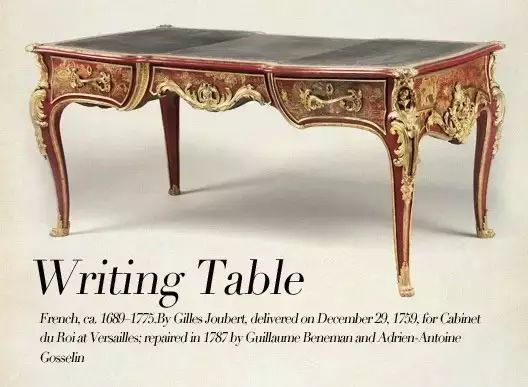


The development of Western furniture design after the Middle Ages:
High Gothic period (especially: Gothic - the climax of the ancient Roman style)
Renaissance (main features: carved outlines are straight lines, rectangles, squares, etc.);
Baroque period (1643-1700);
Rococo (1730-1760);
Neoclassicism (1760-1789);
Modern times = Modernism (1918-1929);
Postmodernism (1934-1960s).


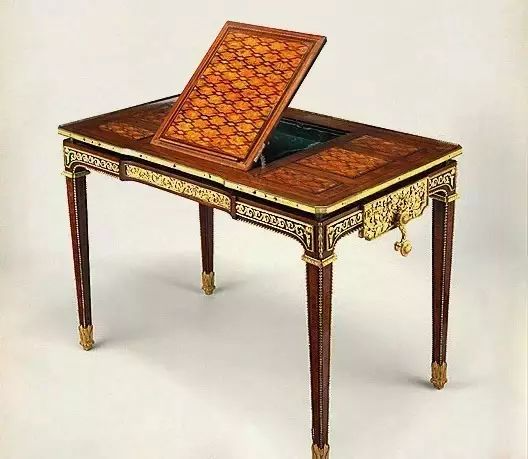

French furniture
Louis XIV loved romantic, gorgeous and magnificent French Baroque furniture. Baroque furniture was vigorous and thick, and used gold and was magnificent. By the time of Louis XV, the artistic ideal shifted from sublime to pleasant, emphasizing elegance and delicate sensory enjoyment. This is Rococo furniture, which is always associated with enjoyment, love and luxury, and perfectly uses curves that belong only to God, and is full of aesthetic characteristics that tend to be feminine.
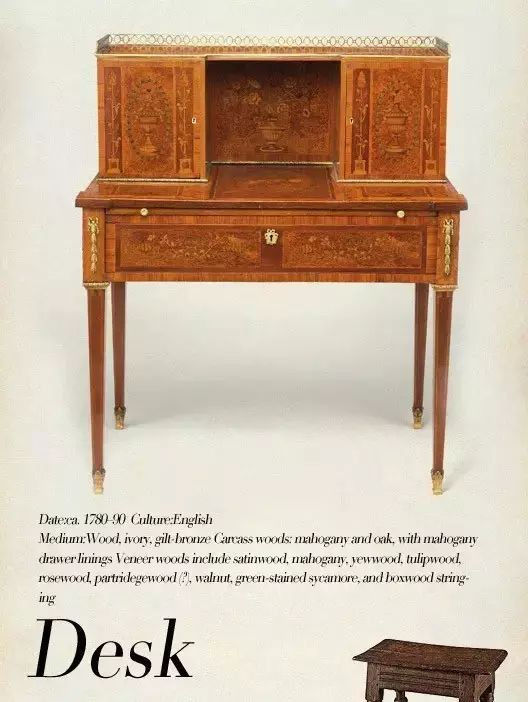
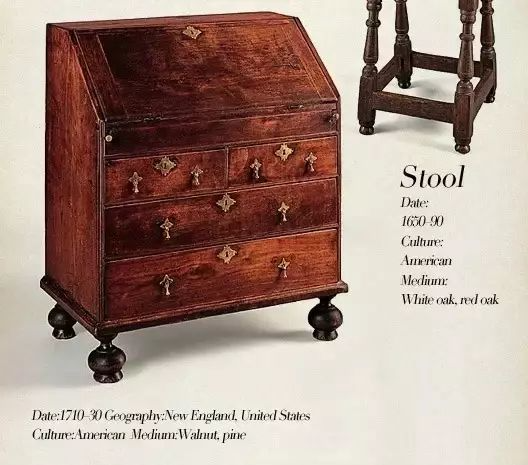
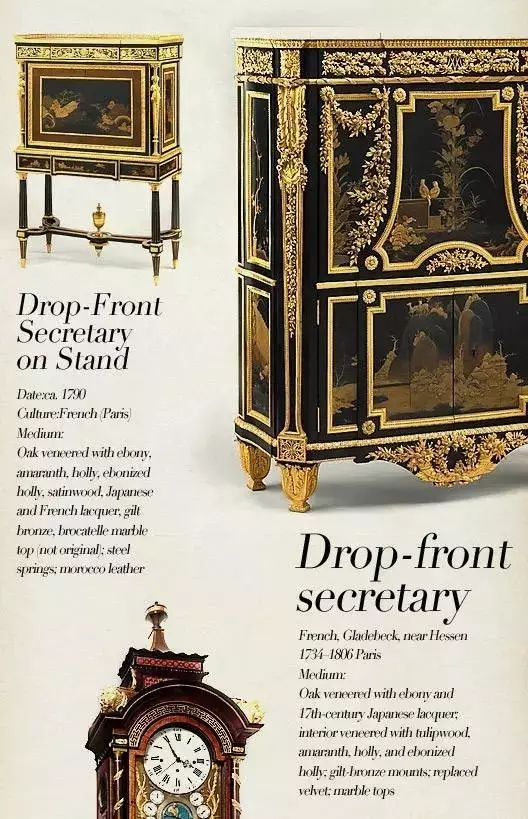
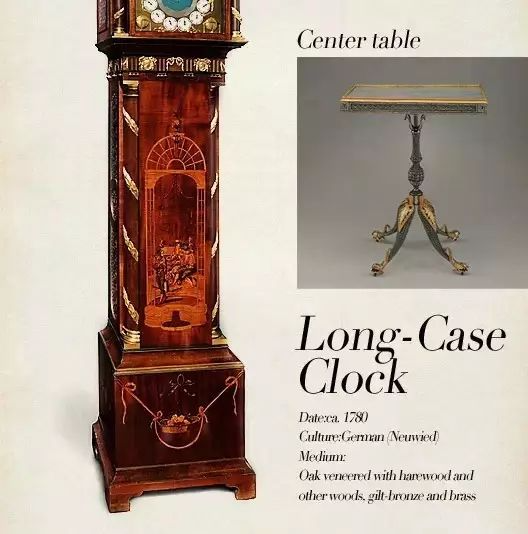


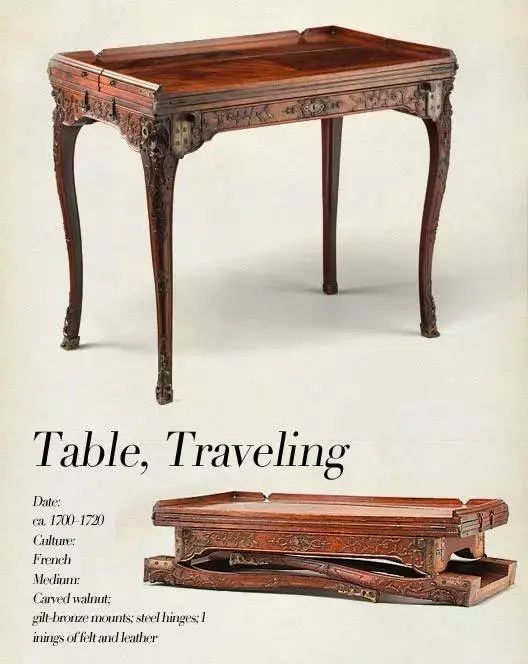


English Adam furniture
In the 1770s, furniture designed by the famous architect Robert Adam and his brothers became popular in London. Famous Adam-style furniture includes sofas, armchairs, side tables, threaded bracket tables, and cabinets of curiosities. Most of them adopt a straight-line structure and are decorated with reliefs. The carvings are exquisite, and the themes are mainly flat-carved flowers, oval rose decorations, vertical palm leaves, and Louis XVI-style grooves.
French Louis XVI
Generally speaking, Louis XVI furniture is more delicate and graceful, forming a very beautiful outline. The seats are mainly lined with fabric and rattan, and the backs are mainly square, round and oval. The sofa is shorter than before, with a higher backrest, often supported by five to eight legs. The bed is also smaller, with the same side panels at the head and foot, and most of them are hung with curtains.
Chippendale
Originally a woodcarver, his furniture was beautifully designed and exquisitely made. Chippendale was the first person to name a furniture style after a commoner, breaking the convention of naming after a monarch. Chippendale's furniture design came from many sources. In addition to basing his furniture on British native furniture and accepting the influence of the Rococo style, he also realized the possibility of "Rococoization of Chinese style" and he also sought more nourishment from the Gothic style.

Source:Internet